Bongsusan Recreational Forest (봉수산 자연휴양림)
14.5Km 21081 2014-12-20
153, Imjonseong-gil, Daeheung-myeon, Yesan-gun, Chungcheongnam-do
+82-41-339-8936~8
Opened in 2007, the Bongsusan Mountain Natural Recreation Forest offers a variety of forest recreation facilities. The area is home to various wild birds. The forest also offers various hiking trails, which take between one and three hours to complete. The slopes are relatively gentle. Various rest and forest bathing sites are setup throughout the forest. The Yedang Reservoir is nearby, which is the nation’s top fishing ground. Also in the area is the Hyeongje (Brother) Park, Daeheung Dongheon, Daeryeonsa Temple, Imjonseong Fortress, Deoksan Hot Spring, Sudeoksa Temple, Chunguisa Temple, the residence of Chusa Kim Jung-hee, and the Korea Traditional Architecture Museum.
Hongseong Namdang Port Jumbo Shrimp Festival (홍성남당항 대하축제)
14.9Km 26270 2024-08-12
213-1 Namdanghang-ro, Hongseong-gun, Chungcheongnam-do
+82-10-5433-8196
Namdang Port, located at the west end of Hongseong, is a famous west coast port known for its exceptional seafood. Surrounded by the clean waters of Cheonsuman Bay, Namdang Port is home to a wide array of sea life including blue crab, cockle and webfoot octopus. Namdang Port also draws throngs of visitors from early September to mid-October every year for the country’s largest Jumbo Shrimp Festival.
Hongseong Namdang Port Saejogae Festival (홍성남당항 새조개축제)
14.9Km 89385 2024-01-24
1-1 Namdanghang-ro 213beon-gil, Seobu-myeon, Hongseong-gun, Chungcheongnam-do
+82-41-634-0104
Hongseong Namdang Port Saejogae Festival celebrates the saejogae (egg cockle) that is harvested around Namdang Port and Cheonsuman Bay between December and April of every year. The plump saejogae are famous for their chewy texture and nutritional value, full of protein, iron, and other essential minerals.
Hongseong Namdang Port Sea Trout Festival (홍성남당항 바다송어 페스티벌)
14.9Km 0 2024-05-22
1-1 Namdanghang-ro 213beon-gil, Seobu-myeon, Hongseong-gun, Chungcheongnam-do
+82-41-634-0104
Hongseong Namdang Port Sea Trout Festival celebrates the local spring-time catch of sea trout, a healthy food with a tasty flavor and chewy texture. During the festival, enjoy a range of activities including performances and catching barehanded fishing.
Namdang Port (남당항)
15.0Km 15674 2024-06-05
Namdang-ri, Hongseong-gun, Chungcheongnam-do
+82-41-630-1224
Namdang Port is a representative port on the West Coast. Known for having plenty of prawn, cockle, flat fish, rock fish and other types of seafood, the port draws visitors all year round. Cockles in particular are a local delicacy, usually enjoyed as cockle shabu shabu or charcoal-grilled cockle. A nearby attraction to visit is the bamboo grove of Jukdo Island
Hongseong Jeongamsa Temple (정암사 (홍성))
15.0Km 8355 2021-03-12
652, Oseo-gil, Hongseong-gun, Chungcheongnam-do
+82-41-641-0488
Jeongamsa Temple is a small rural temple situated halfway up Oseosan Mountain. There are few existing records that mention the temple’s beginning. Some suggest that it was built around AD 527 during the 5th year of Baekje King Seongwang’s reign, but there is little evidence to support this theory. The only reference alluding to a specific time is Yeojidoseo ("Detailed Survey of Korean Geography" published during the late Joseon dynasty). It states Jeongamsa Temple's location as on Oseosan Mountain, and Oseosan Mountain being surrounded by Hongsan Mountain and Baegwolsan Mountain and intersected by Hongju, Gyeolseong, and Boryeong. This indicates the temple was recognized in the mid-18th century and around the same time, Garamgo (a book about temples, published in the late 18th century) also states that Jeongamsa Temple is located approximately 11 kilometers to the east of Gyeolseonghyeon. It is still uncertain whether the temple referred to is Jeongamsa Temple on Oseosan Mountain.
Some foundation stones within the temple site measure 70-80 centimeters on each side. These stones indicate that the old Buddhist shrine of Jeongamsa Temple was laid out with five kan (Korean unit of measurement indicating the space between two pilars) at the front and three kan on the side. Future archaeological studies will help identify the true history of Jeongamsa Temple.
Daeheung Dongheon (대흥동헌)
15.1Km 3956 2021-05-25
33, Uijoeunhyeongje-gil, Yesan-gun, Chungcheongnam-do
+82-41-339-7332
"Dongheon" refers to the administrative building or headquarters for the top city official of the Joseon dynasty. This tile-roofed house measures six kan (traditional Korean measuring unit), or approximately 14.4 meters, on the front, two kan (4.8 meters) on the side and is 3.3 meters in x_height. Records carved on its gate show that the wooden house was constructed in 1407. The house, which is characteristic of late Joseon dynasty architecture, was once used as Daeheung-myeon office, but was dismantled and restored to its original appearance in 1979.
Gohyang Gul Susan (고향굴수산)
15.8Km 21648 2024-03-04
8-5, 1061 Hongbo-ro, Cheonbuk-myeon, Boryeong-si, Chungcheongnam-do
041-641-8966
Gohyang Gul Susan is a restaurant specializing in oysters located within the Cheonbuk Oyster Complex. Oysters are the specialty of this place. Fresh oysters are paired with rice and vegetables harvested directly from the farm. The menu includes gul gui (grilled oysters), gul jjim (steamed oysters), gul jeon (pan-fried battered oyster), saeng gul (fresh oysters), dolsonn yeongyang gulbap (nutritious hot stone pot oyster rice), and gul kalguksu (noodle soup with oysters). Oysters are low in fat and rich in minerals, making them nutritious and flavorful. In December, the Cheonbuk Oyster Festival is held at the Cheonbuk Oyster Complex.
Seosan Gaesimsa Temple (개심사(서산))
16.0Km 49163 2021-09-18
321-86, Gaesimsa-ro, Seosan-si, Chungcheongnam-do
+82-41-688-2256
Situated in a dense forest in Sangwangsan Mountain and 6 kilometers away from Haemi-myeon, Gaesimsa Temple is one of the four major temples in Chungcheongnam-do. The path from the parking lot to the temple site is quite remote and curved, but beautiful especially in spring when cherry blossoms are in full bloom.
The temple was built in 1484 during the 15th year of King Seongjong and designated as a Treasure. The architecture of the temple stands out, as the buildings use bent tree trunks for pillars.
Cheonbuk Oyster Complex in Boryeong (보령 천북굴단지)
16.0Km 35138 2024-06-05
Cheonbuk-myeon, Boryeong-si, Chungcheongnam-do
+82-41-930-0804
Cheonbuk Oyster Complex in Boryeong is a place near the Hongseong Embankment where various restaurants specializing in oysters are clustered. Boryeong is known for its abundant oyster production, with those caught between November and February considered the finest. In December, the Cheonbuk Oyster Festival is held, featuring events for tourists. Here, visitors can taste a variety of dishes made with oysters, including grilled oysters, raw oysters, and oyster rice.
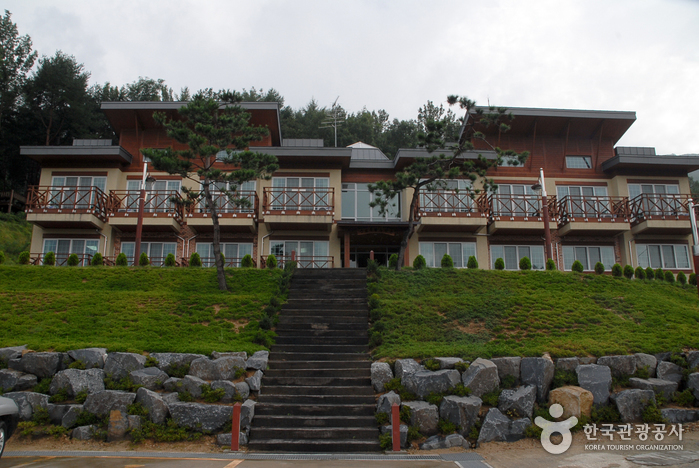
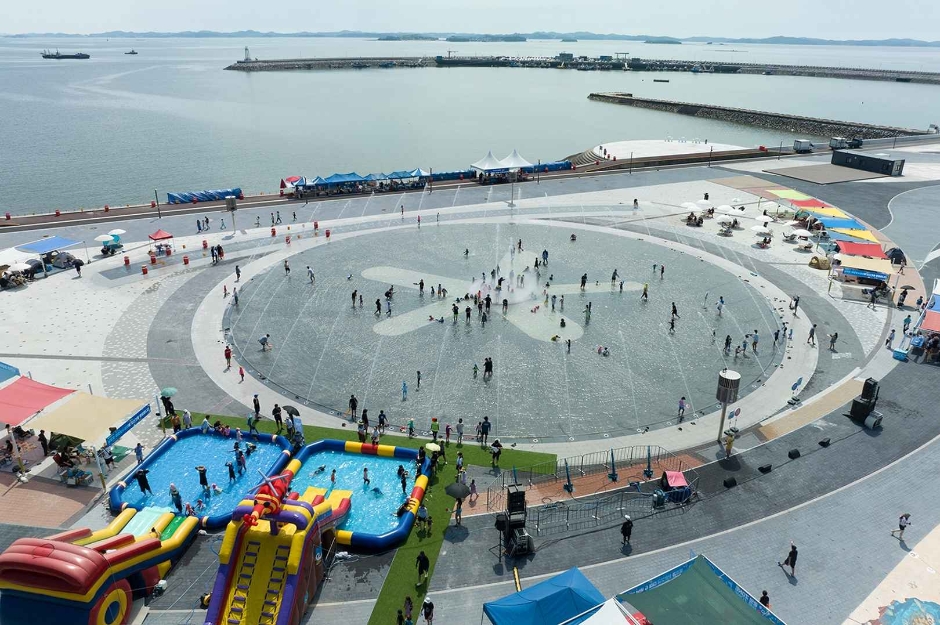
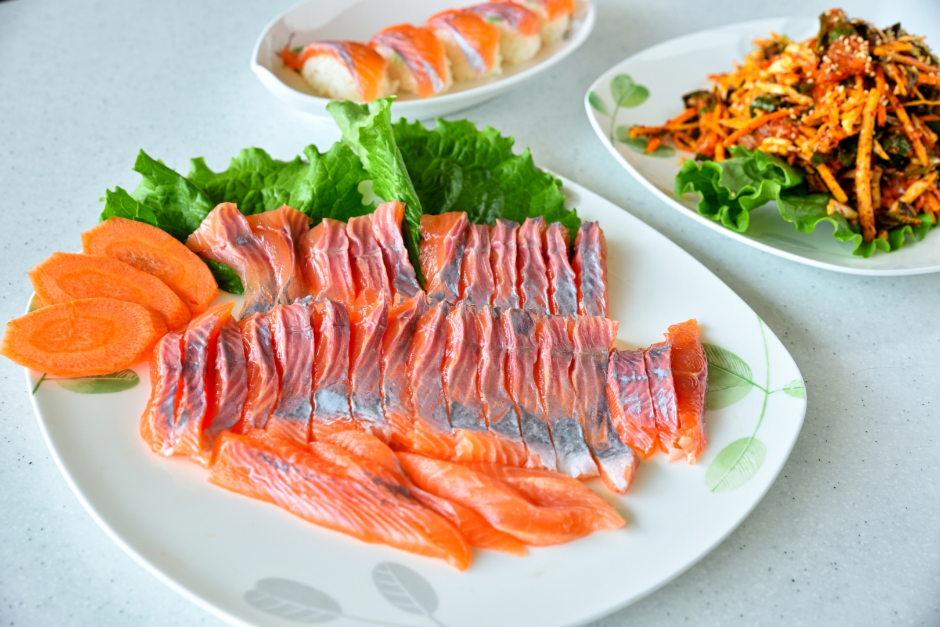

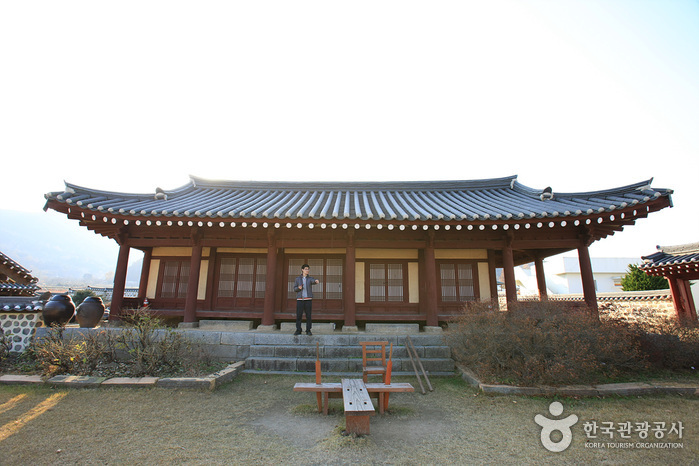
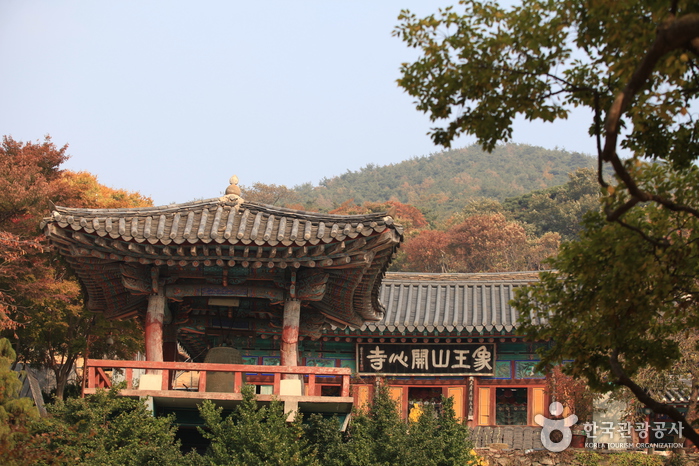
 English
English
 한국어
한국어 日本語
日本語 中文(简体)
中文(简体) Deutsch
Deutsch Français
Français Español
Español Русский
Русский